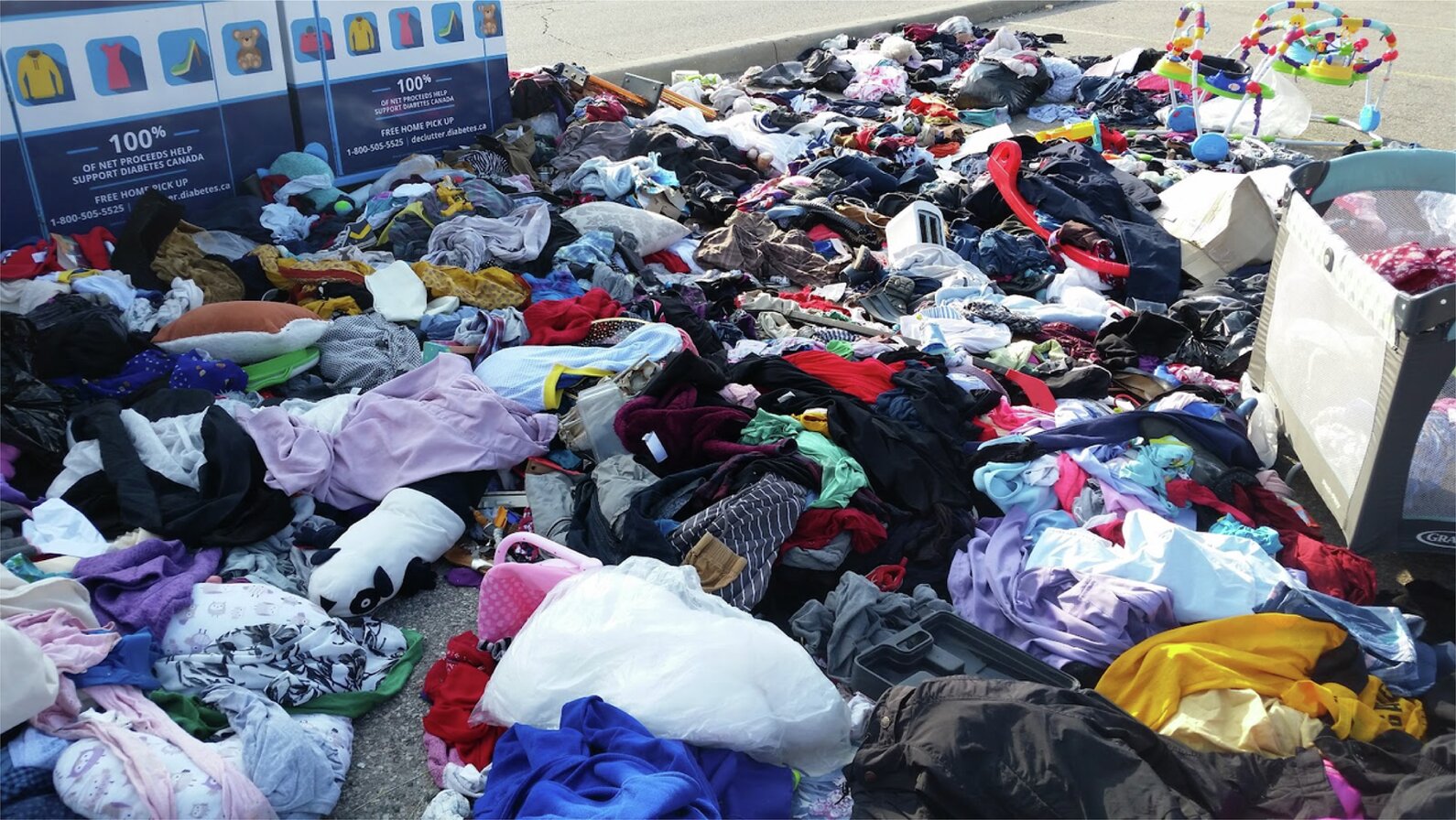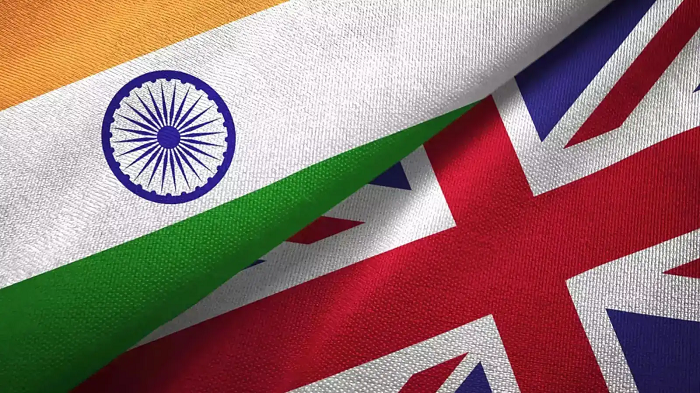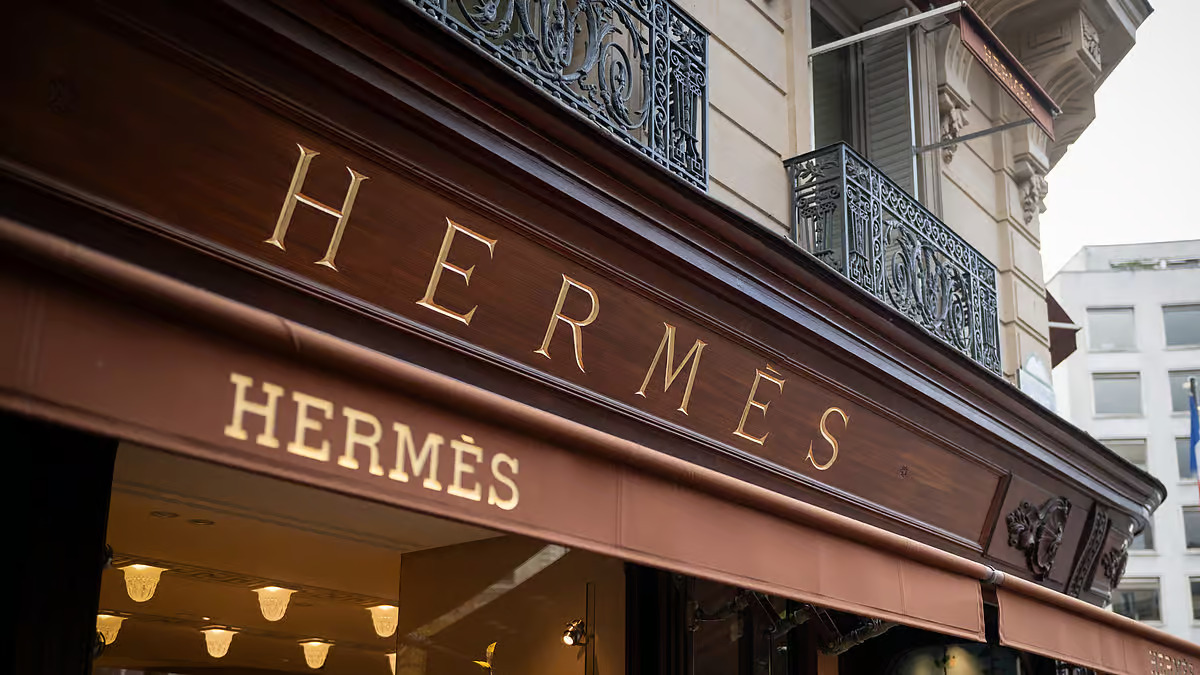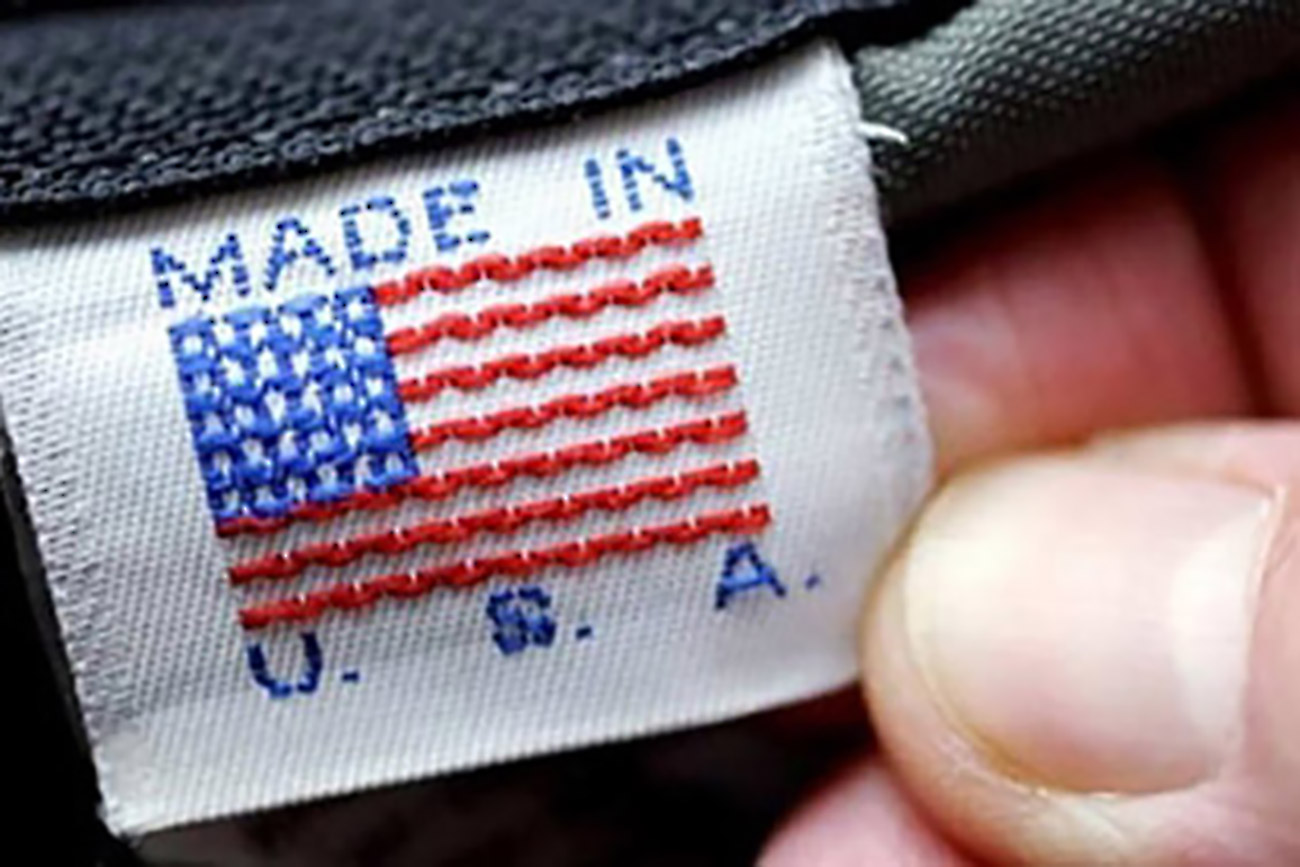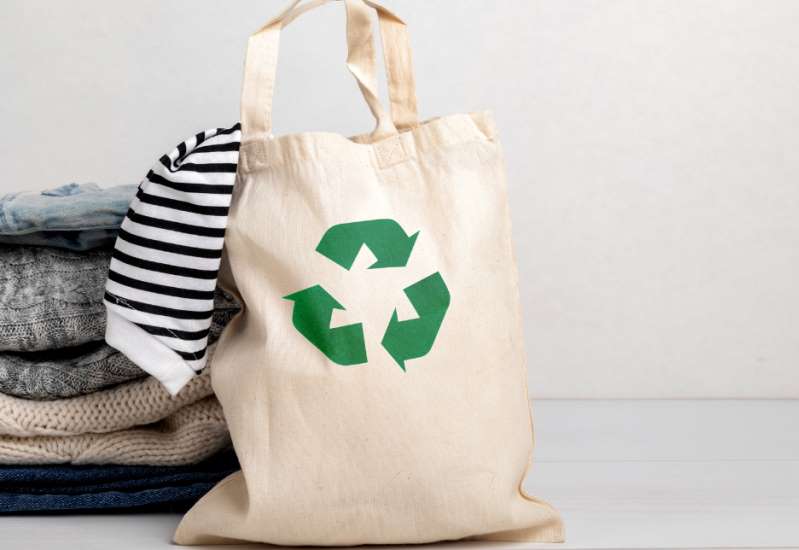FW
With the prevailing unstable market conditions, the 2015-16 fiscal has been one of the most demanding year for the synthetic and rayon textile exporters feels Anil Rajvanshi, Chairman, Synthetic & Rayon Textiles Export Promotion Council (SRTEPC). At a recent SRTEPC export award function, he said there has been a dip in exports of synthetic and rayon textiles by 6 per cent. Consequently prices have also declined. On foreign trade policy, SRTEPC cshairman said that with the intervention of Textile Ministry many synthetic and rayon textile items have been included in the Merchandise Exports from India Scheme (MEIS). He underlined the need to introduce new policies to improve structural efficiency.
One excise duty on man made fibres, the SRTEPC chairman said, the textile Ministry along with the support of the council is seeking to prevail upon the Finance Ministry to reduce duty from 12 to 6 per cent in the forthcoming Union Budget. Also, there is a need for the authorities to realise that man made fibre industry makes up 70 per cent share of the global market while the balance 30 per cent is with cotton. And for the overall Indian textile industry’s progress, encouragement of the man-made industry is a must.
He also highlighted the importance of man-made textile industry stating its relevance in achieving the government’s target of making Indian textile industry worth $300 billion from the current $110 billion.
Invista’s fabric brand Cordura is known for innovative textile developments. Cordura Combat Wool fabric offers the comfort and aesthetics of wool combined with the durability of nylon. Super light-weight Cordura Ultra Lite fabrics have outer layer apparel applications.
The brand’s focus on industry trend indicators helps prompt the creation of fashionable, functional fabrics, built to last. Whether one is in the office, at the gym, or trekking through the jungle, Cordura fabrics are designed to offer best-in-class durable functionality. These fabrics are aimed at hitting the crossover trend sweet spot to help today’s designers.
High stretch knits powered by durable Cordura fiber technology offer multifunctional solutions for gym and swimwear inspired designs. Cordura fabrics in the athleisure category offer durable comfortable functionality for those who favor active on-the-go lifestyle.
The brand offers powerful street smart knits with Cordura fiber technology and wear resistant Cordura Denim and Canvas fabrics with integral stretch. Cordura Ultra Lite ripstop fabric combines strength, durability and water resistance into an ultra-thin, ultra-light barrier solution. This fabric technology is ideal for a variety of end-use applications where optimal strength-to-weight ratio is critical. Cordura fabrics have applications in bags, packs and footwear.
www.cordura.com/
Kelheim Fibers, a leading manufacturer of viscose specialty fibers, is incorporating IR-reflecting particles into fibers. Different levels of these particles were integrated into the fiber’s core, thereby preserving the fiber’s inherent properties, rather than being added as a topical finish using additives based on titanium oxide or other metal-based compounds.
Visible light is reflected by 90 to 95 per cent, while in the near infrared range, a reflectance of up to 90 per cent is reached, depending on the wavelength spectrum. This proves a clear benefit in the reflectance of direct sunlight, where the fiber is capable of providing a cooling effect, for example, by protecting the human body from outside radiation.
At the same time, the fiber may also be used in warming applications, where the thermal radiation emitted from the body is reflected by these particles back to the body, reducing the cooling effect and keeping the person warm. In the mid IR-range an increase of reflectance of about 20 per cent of m-IR radiation was achieved in tests compared to normal viscose.
The fiber can be used for both textile and nonwoven processes, where the fabric can either protect against outside influences or reflect the IR-radiation back to the inside source.
www.kelheim-fibres.com/
A Rs 108 crores integrated textile park is coming up in Vidarbha at Hinganghat in Wardha district. This is expected to generate at least 1,000 jobs and provide the much needed fillip to the cotton economy of the region.
Cotton is the main cash crop of Vidarbha. But the cotton belt is under distress due to the uncertainty over prices and the inability to process raw cotton up to the textile and garment stages to spur demand. For some reason textile units did not come up in the region, and the cotton produced here was transported to far off south India or western Maharashtra, while farmers growing it always got a raw deal.
Hinganghat Integrated Textile Park has an authorised share capital of Rs 180,000,000 with a paid up capital of Rs 59,500,000.
The plan is to set up 11 units in the integrated park spread over 32.63 acres. Of them one each will be for ginning, twisting/doubling, knitting, processing, fiber-yarn dyeing, garmenting, technical textiles and two each for spinning and weaving.
About 40 per cent funding (with a cap of Rs 40 crores) is provided by the Center and the state government’s share is nine per cent or Rs 9 crores maximum.
Home textile player GHCL will launch its own brand next fiscal. This will be a private retail brand for home decor and lifestyle products. It will be targeted at the domestic market and is likely to be pitched against other home textile brands like Bombay Dyeing and Welspun.
GHCL already has a tie-up with Perry Ellis International for the brand Laundry by Shellie Segal for bedding products which include flat sheets, sheet sets, duvet covers and coordinating shams for customers in the US and Canada.
The total turnover of GHCL for 2014-15 was around Rs 2,400 crores, which it anticipates to grow to around Rs 2,500 crores in 2015-16. Of the total turnover, the textile segment contributes around 40 per cent. The textile division is a vertically integrated manufacturing facility with spinning, wide width weaving, continuous fabric processing and cut and sew facilities for manufacturing premium quality bed linen.
The spinning unit is located near Madurai in Tamil Nadu while its home textile manufacturing is located near Vapi in Gujarat. In time GHCL wants to gradually build its own brands in the domestic market, thereby creating a niche place for its products.
ghcl.co.in/
The Zamfara Textile industry has urged the federal government in Nigeria to ban import of foreign fabrics to revive the nation’s ailing textile mills. Sani Muhammad, the Administrative Secretary of the mill, made the call while fielding questions from the News Agency of Nigeria in Gusau. He cited the import of textile materials as the reason for the collapse of nation’s textile sector.
Muhammad lamented that Zamfara Textile Industry, established in 1965, had laid off over 2, 500 workers in 2004. It is unfortunate that the industry is not able to come back fully. He therefore, urged the government to provide improved cotton seeds and modern textile machines for Nigerian fabrics to favourably compete with foreign ones.
Meanwhile, the chairman, Ginners Association of Nigeria, Sani Dahiru, blamed poor cotton production on the neglect of the agricultural sector and collapse of the textile industries. Dahiru observed that out of the 15 ginneries operating in the state, only two offered skeletal services.
He urged the government to provide trained agricultural extension workers to assist cotton famers meet the needs of the surviving mills.
Textile Exchange (TE) and Organic Trade Association (OTA) will work together to strengthen the organic textile industry in the US. A major goal of this new partnership will be to boost outreach to North American consumers on the benefits of organic fibers and textiles, particularly the environmental and social benefits of growing and processing them.
OTA and TE will work together on legislative advocacy initiatives, advance organic fiber market messaging to consumers, promote awareness and education on standards and certification, develop and participate in media efforts to facilitate awareness and knowledge related to organic fibers, and develop and participate in various industry initiatives such as workshops, seminars and webinars.
American companies recently have reported significant growth in their organic cotton programs, and are increasingly adopting standards addressing fiber and product traceability. Many manufacturers have also become certified to the Global Organic Textile Standard, a fully traceable global standard from farm through processing (spinning, knitting, dyeing and manufacturing) of apparel and home textiles made with organic fiber.
Global sales of organic cotton products were up 10 per cent in 2014 compared to 2013. The leading organic fiber is cotton. US organic fiber sales were the fastest growing non-food sector in 2014, rising 18 per cent from the previous year. In 2014, US growers planted organic cotton on 18,234 acres, the largest number of US acres devoted to organic cotton since 1995.
textileexchange.org/ https://www.ota.com/
The Rajasthan government has signed an investment proposal for 23 textile projects amounting to a little over Rs 7,000 cores. As of now, 18 of them have got off the ground, said a top official in the industry department. The textile industry that was pilloried for inflicting large-scale damage to environment appears to have emerged as the dark horse to become the top sector for clinching the highest conversion rate of investment proposals into projects.
As most investors have land already in their possession, they have started construction of the units. In fact, companies like Nitin Spinners, RSWM, and Sudiva Spinners have actually started production, said L C Jain, additional director, industries. The states textiles sector, which provides direct and indirect jobs to nearly 7 lakh people and contributes 17 per cent to its exports, has been accorded priority status. It is one of the very few sectors to enjoy interest subsidy of 5-7 per cent given by the state government.
Other sweeteners like VAT exemption of 50 per cent on purchase of raw material and 50 per cent exemption of entry tax on capital goods are extended to the investors.
Rajasthan is today counted as one of the leading states for cotton production with an annual output of about 20 lakh bales. Similarly, 85 per cent of the wool produced in the country is from Rajasthan.
The US-based Meridian Specialty Yarn Group (MSYG), a leading specialty yarn manufacturer and producer of package dyed and space dyed yarn, is planning major expansion of their current manufacturing operations in Valdese, North Carolina. Meridian anticipates spending $8 million on the expansion.
Expansions will commence this winter on a new 113,000 SF manufacturing plant, which will be located at the company’s current manufacturing site in Valdese, North Carolina. Completion of the project, which includes renovations to the company’s existing 152,000 SF plant, is expected by early winter, 2017, and will greatly expand Meridian’s current capabilities.
A small section of the existing plant will be removed and the final manufacturing operation will span 260,000 square feet of production and warehouse space. Over the past eight years, as other US companies in the same sector have closed operations or moved overseas, MSYG has continued operations in North Carolina and has emerged a global leader. MSYG manufactures and dyes yarn for many industries including home furnishings and upholstery, hosiery, apparel, narrow fabrics, carpets and rugs, sewing thread, craft and industrial textiles.
MSYG’s wet processing plant in Valdese, Meridian offers the widest range of yarn dyeing products in the industry, including package dyed yarn, three processes of space dyed yarn, top dyed wool, yarn printing and twisting. Currently, products made by MSYG are found in retail and craft stores across the country, and also in carpets, furniture, window treatments, automobiles, tires, socks and more.
Bangladesh Garment Manufacturers and Exporters Association (BGMEA), the apex apparel body in Bangladesh has sought an alternative customs channel as an emergency byway alongside the global Asycuda world system that repeated failed them in cargo shipment. Interruption in the system earlier had held back export and import trade through the seaports, they pointed out. BGMEA has proposed that the National Board of Revenue (NBR) arrange alternative servers in Dhaka and Chittagong customs houses to conduct uninterrupted external trade in readymade garments.
The BGMEA's proposal came after the country's export-import business faced a blow on January 18-22 due to technical glitch in the Asycuda world system. According to the officials the problem now has been resolved but reason behind the technical glitch was yet to be fixed by both local and foreign experts. Experts of the United Nations Conference on Trade and Development (UNCTAD) are now working to find out the fault line, they said.
The UNCTAD provided customs-data software and technical support to the revenue board in upgrading the Asycuda++ to Asycuda World.


